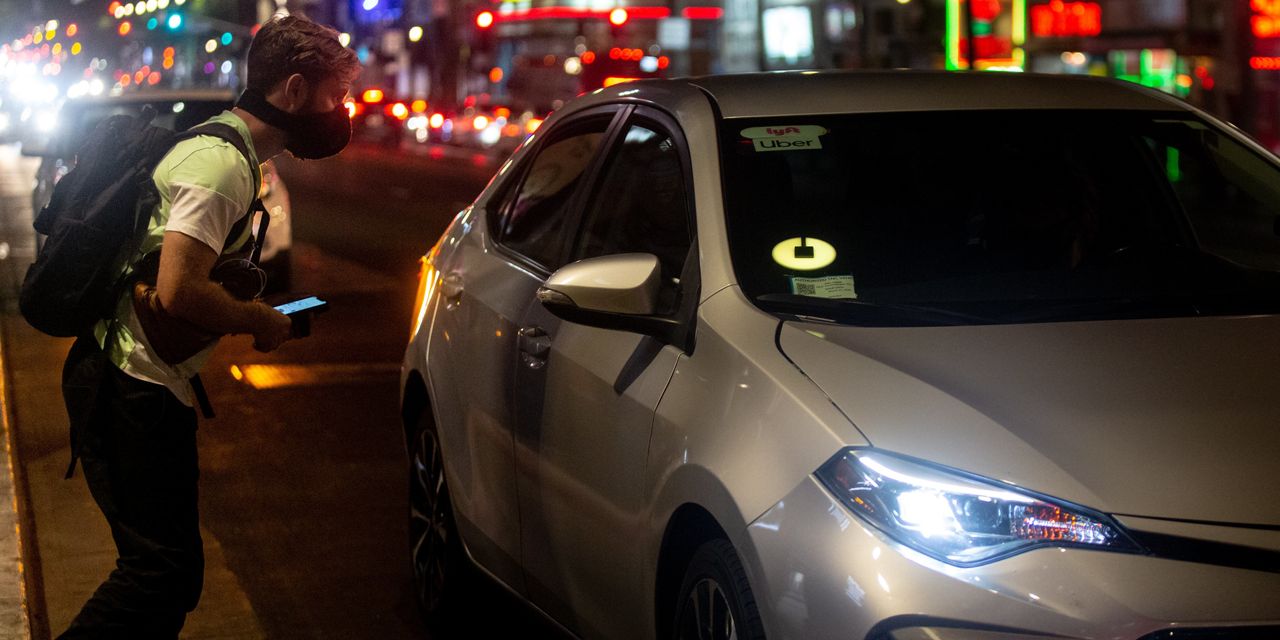A shortage of drivers in the U.S. is propelling prices for Uber and Lyft rides to record highs and pushing the services to rethink how they attract gig workers.
Uber Technologies Inc. and Lyft Inc. are pouring millions of dollars into incentives for drivers to return, a short-term fix that has helped alleviate the scarcity and tempered fare increases in some areas but that has also raised the companies’ costs.
The labor crunch isn’t projected to end anytime soon. Some analysts expect the problem will persist through the third quarter, pressuring Uber and Lyft to deal with shifting dynamics of gig labor that they acknowledge will require long-term solutions.
Executives say the model they built their businesses on—luring riders with deep discounts and then incentivizing drivers to provide those rides—can’t be the model that sustains them.
“This is a moment of deep introspection and reflection for a company like ours to pause and say, ‘How do we make the proposition for drivers more attractive longer term?” said Carrol Chang, Uber’s chief of driver operations for the U.S. and Canada. “It is absolutely a reckoning,” she said.













































